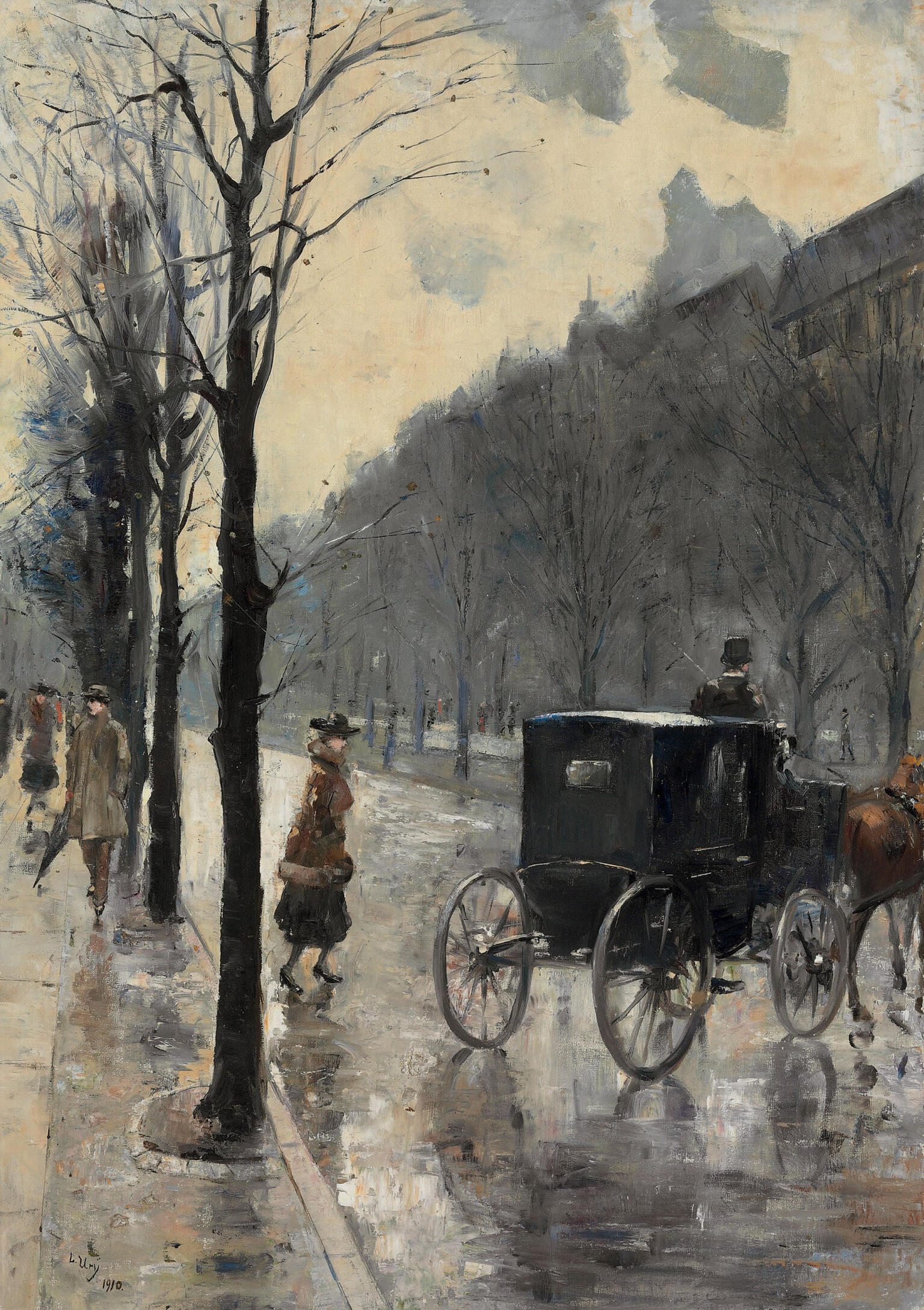Am Kurfürstendamm
Lesser Ury
1910
Credits
Published in: The Posen Library of Jewish Culture and Civilization, vol. 7.
You may also like
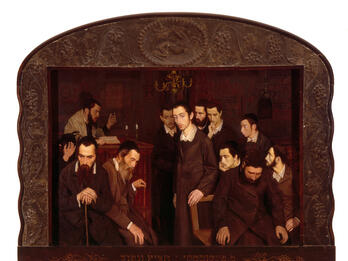
He Cast a Look and Went Mad
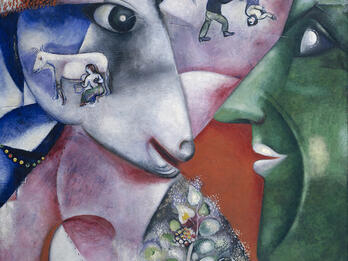
I and the Village
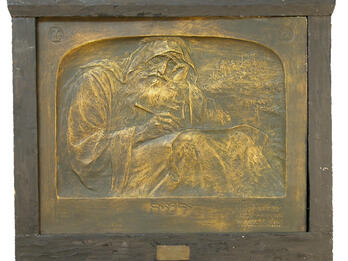
Jeremiah

Two Towers
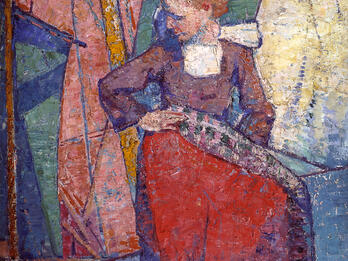
Fisher Girl of Concarneau

The Sleeping Messiah
Creator Bio
Lesser Ury
Born Leo Lesser Ury in Birnbaum, Prussia (today Międzychód, Poland), to a poor family, Ury spent his early adolescence in Berlin as a trader and painter. He eventually struck out on his own to study and explore art across Europe. Shaped in particular by his studies at the Kunstakademie in Dusseldorf, Ury was attracted to strong colors and eventually gravitated to Berlin, where he was always in the shadow of Max Liebermann, another pioneer of German Impressionism. Ury worked primarily with pastels to portray urban life, particularly rainy streetscapes, cafés, and parks. He frequently duplicated his own paintings and added a sense of movement and freneticism to the urban scenes that were popular in the German Secession movements.
You may also like

He Cast a Look and Went Mad

I and the Village

Jeremiah

Two Towers

Fisher Girl of Concarneau



